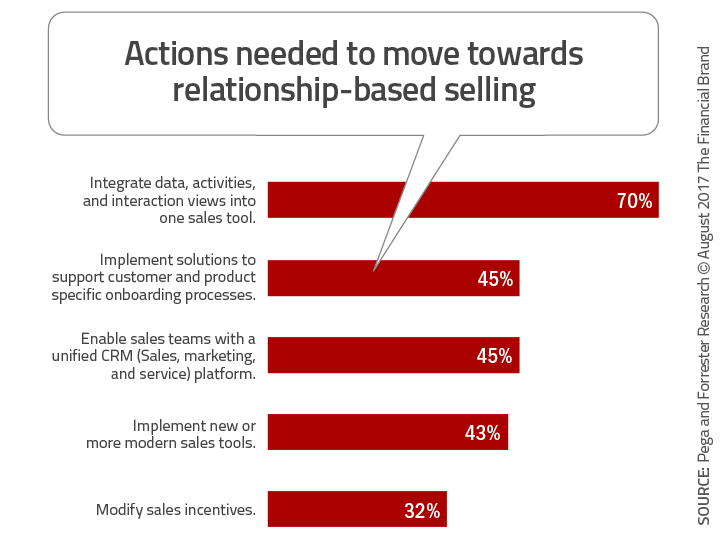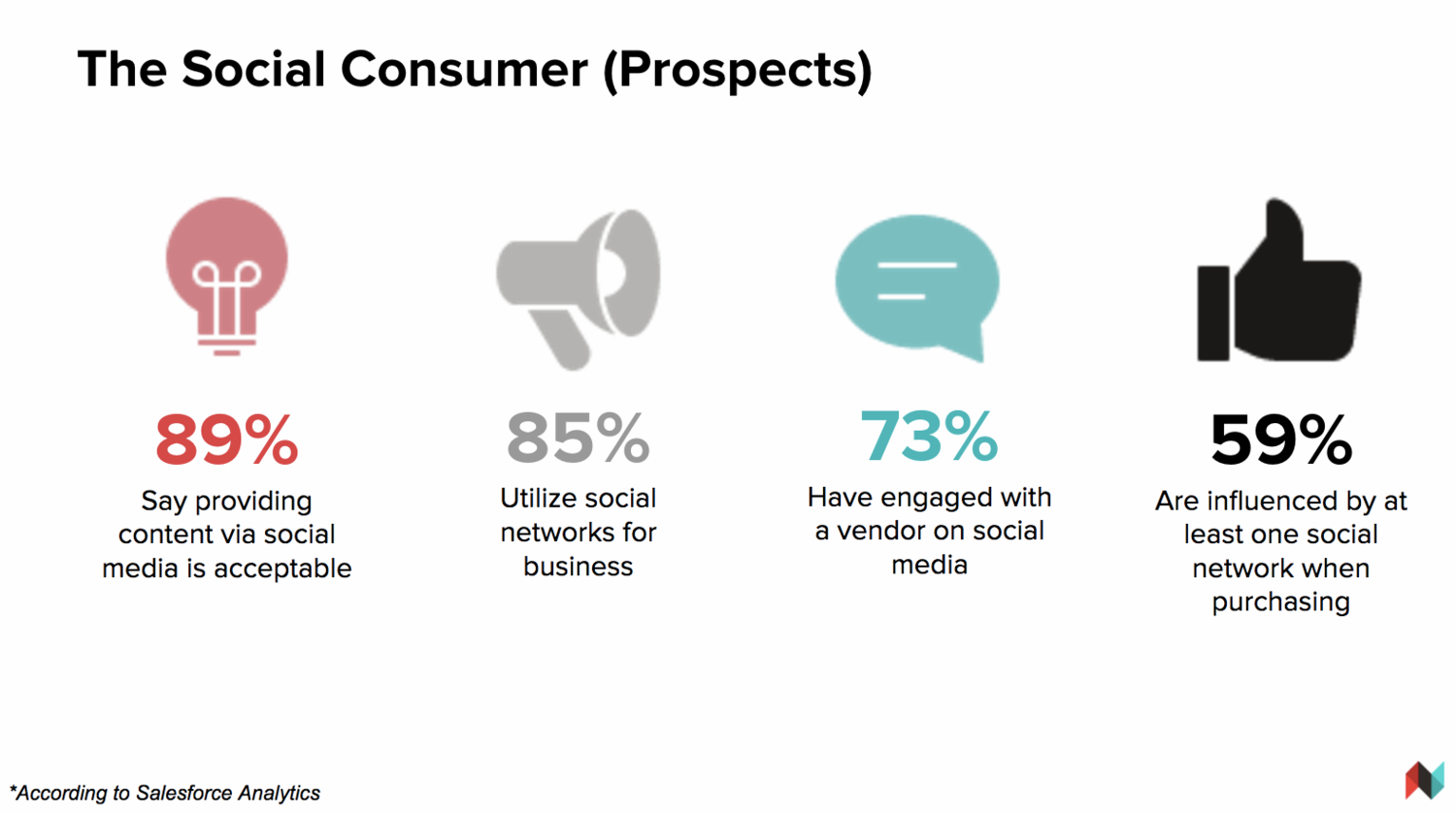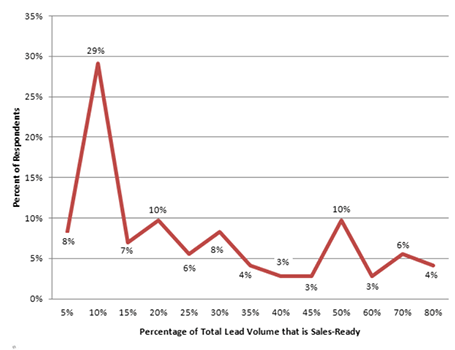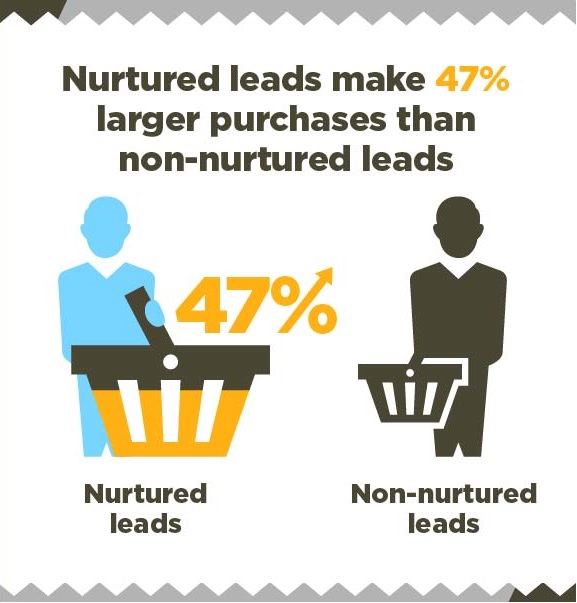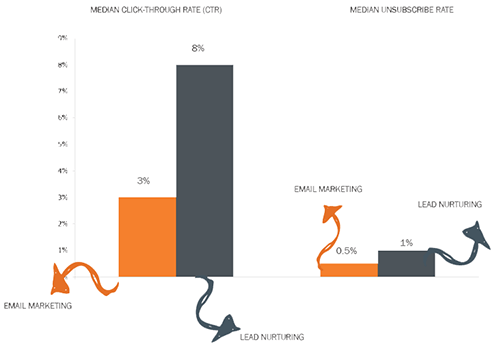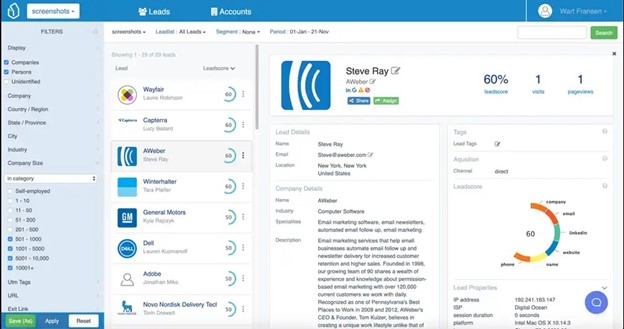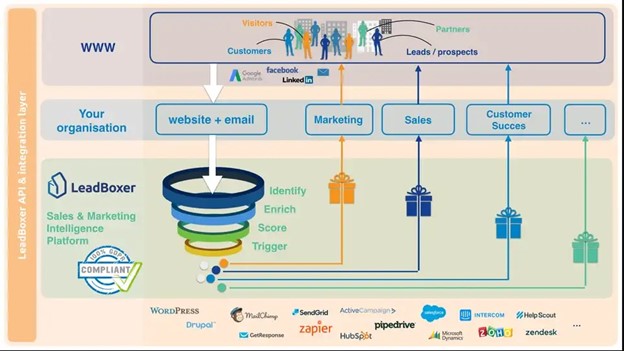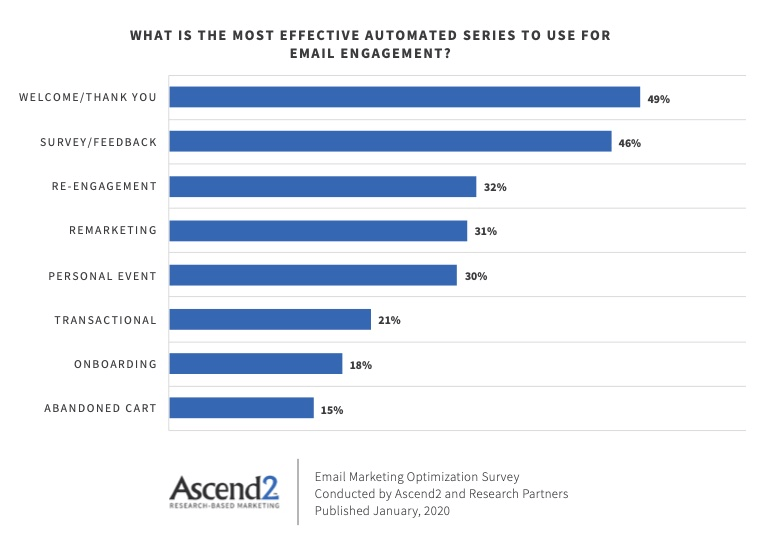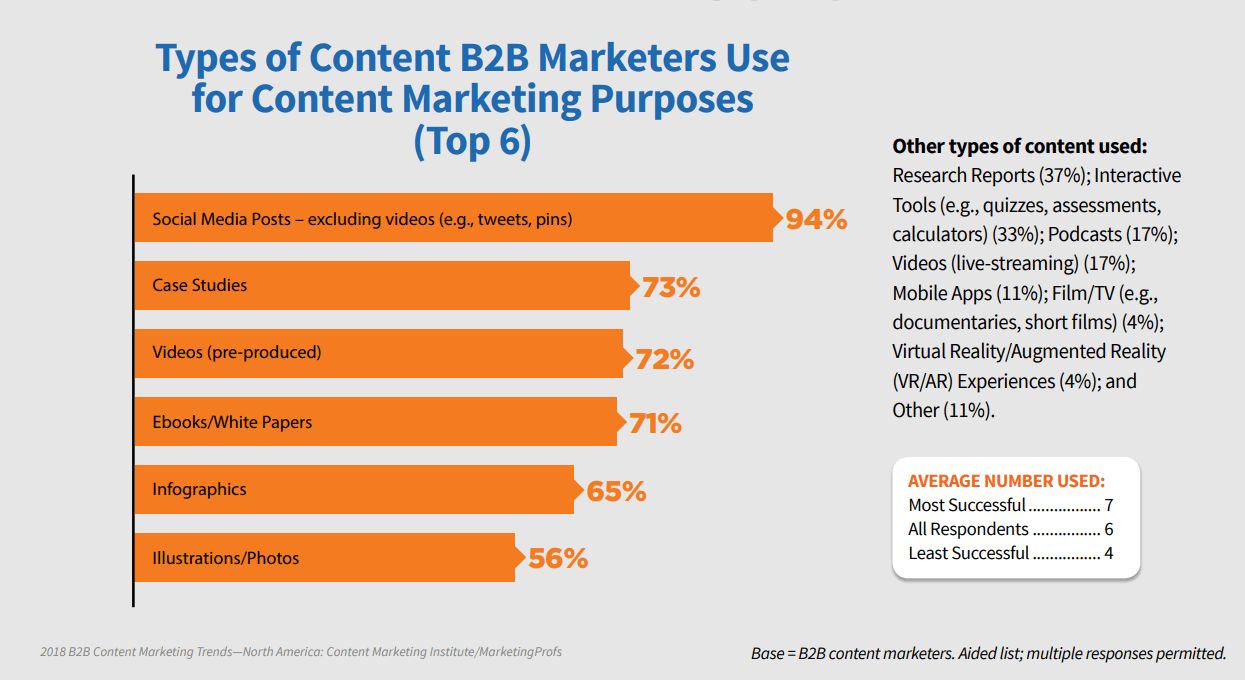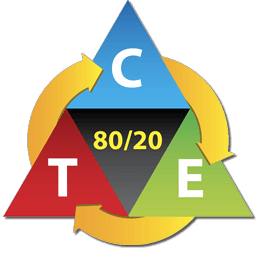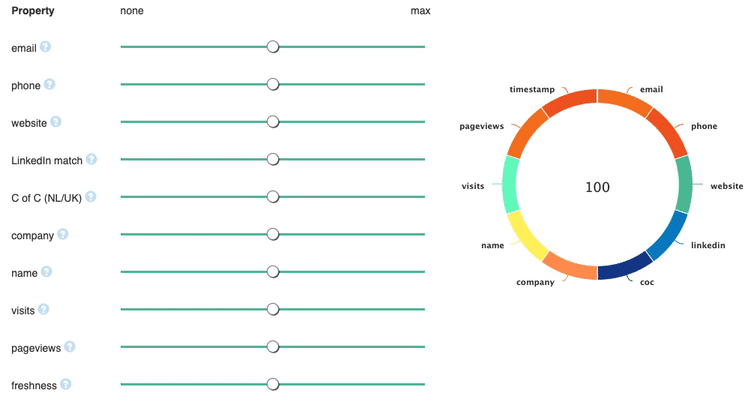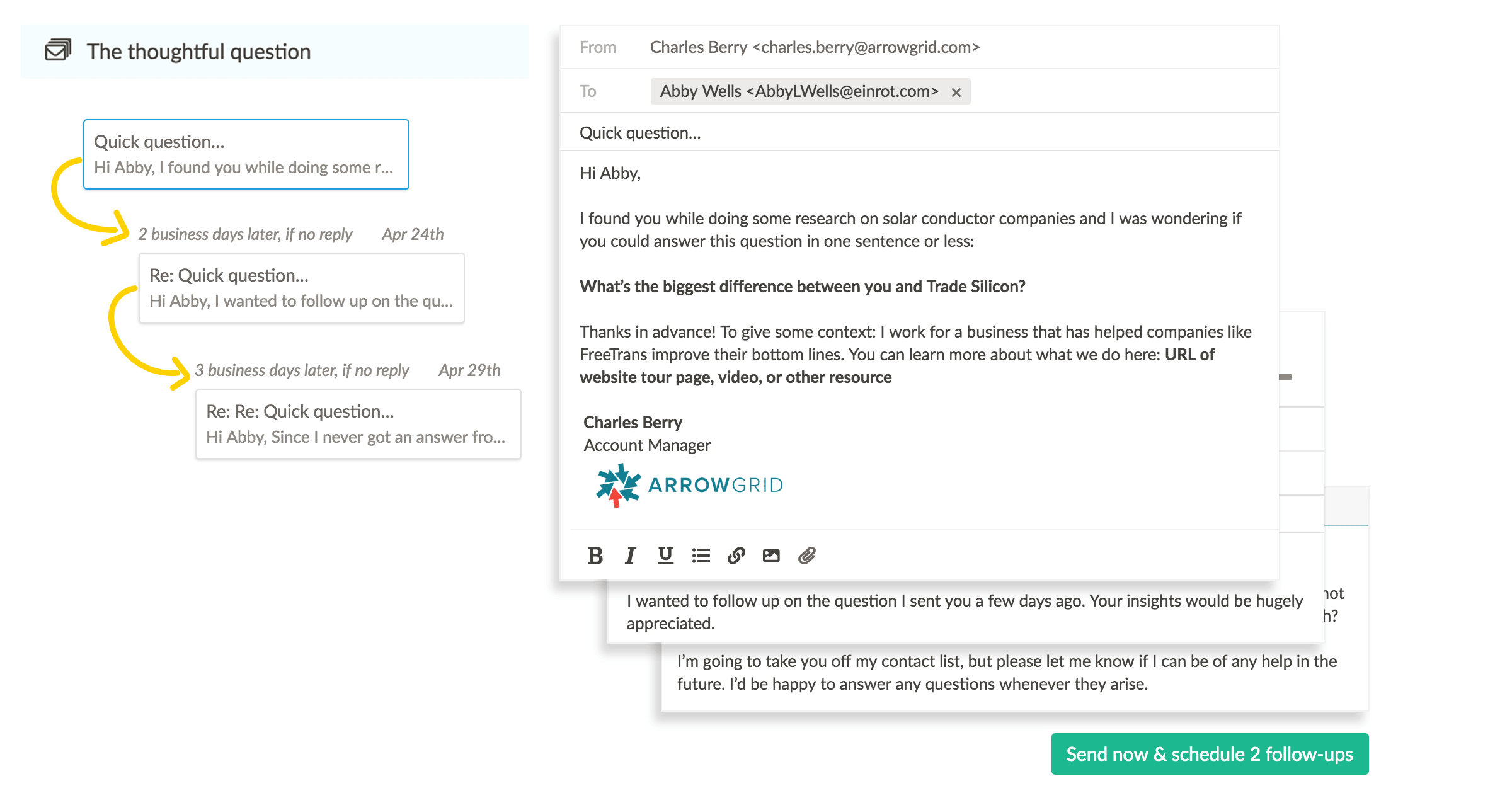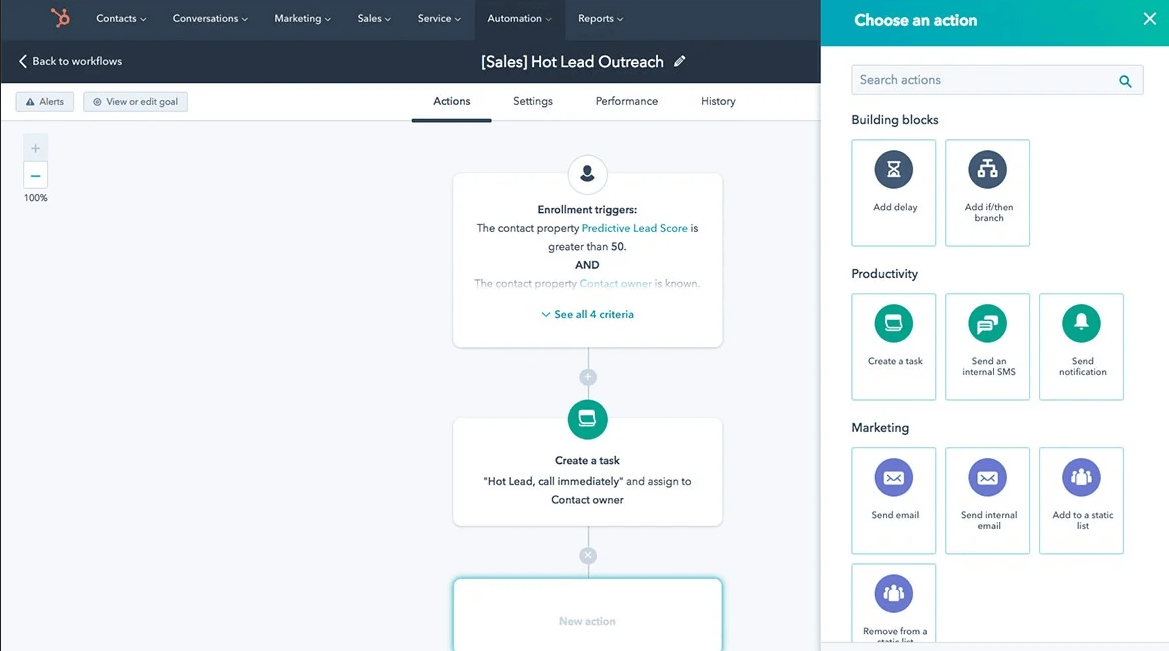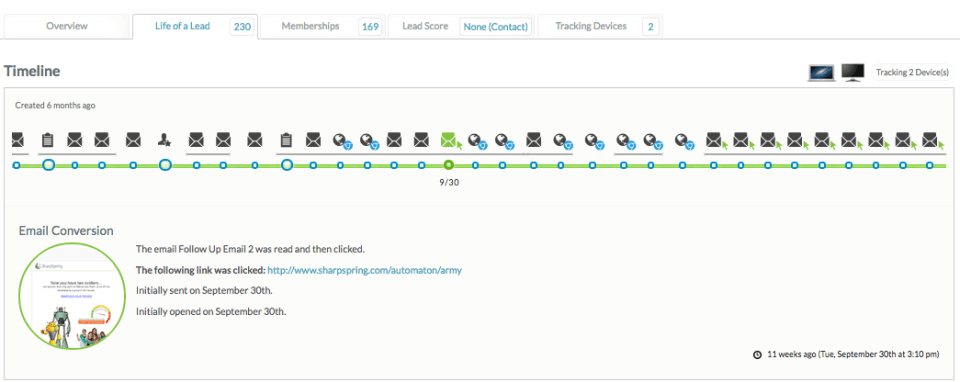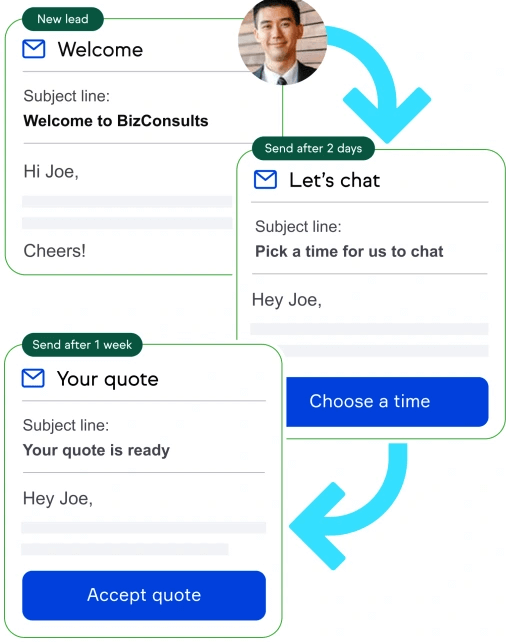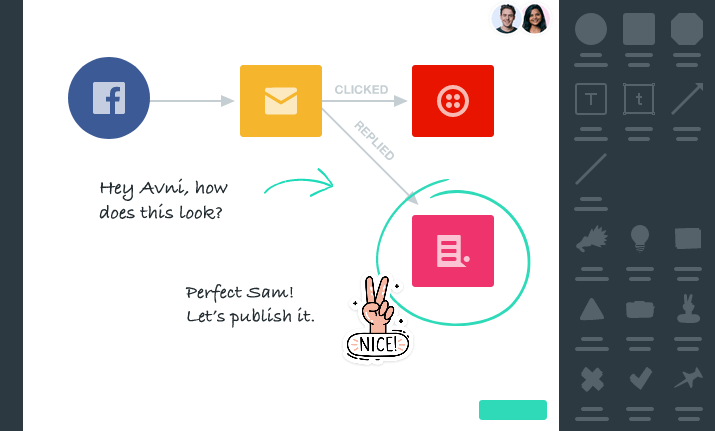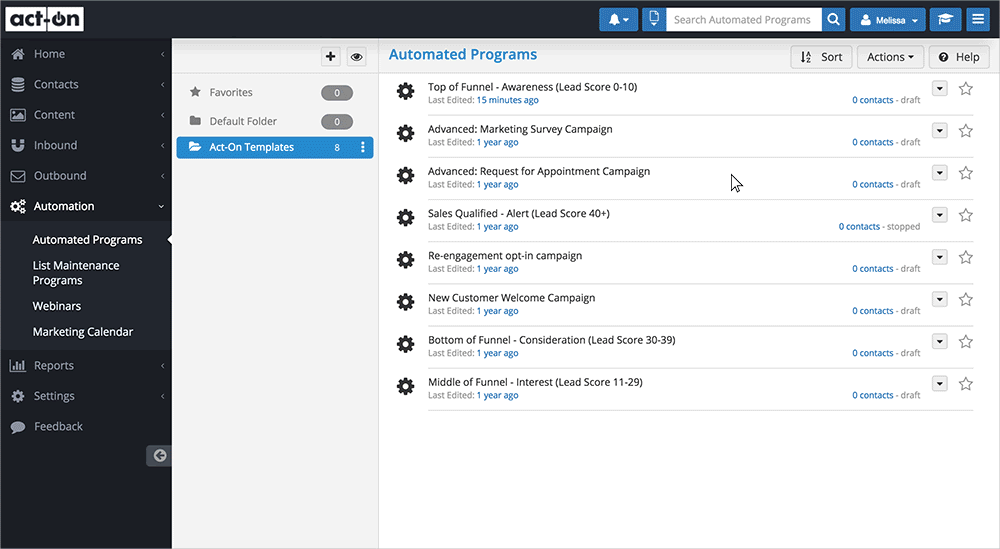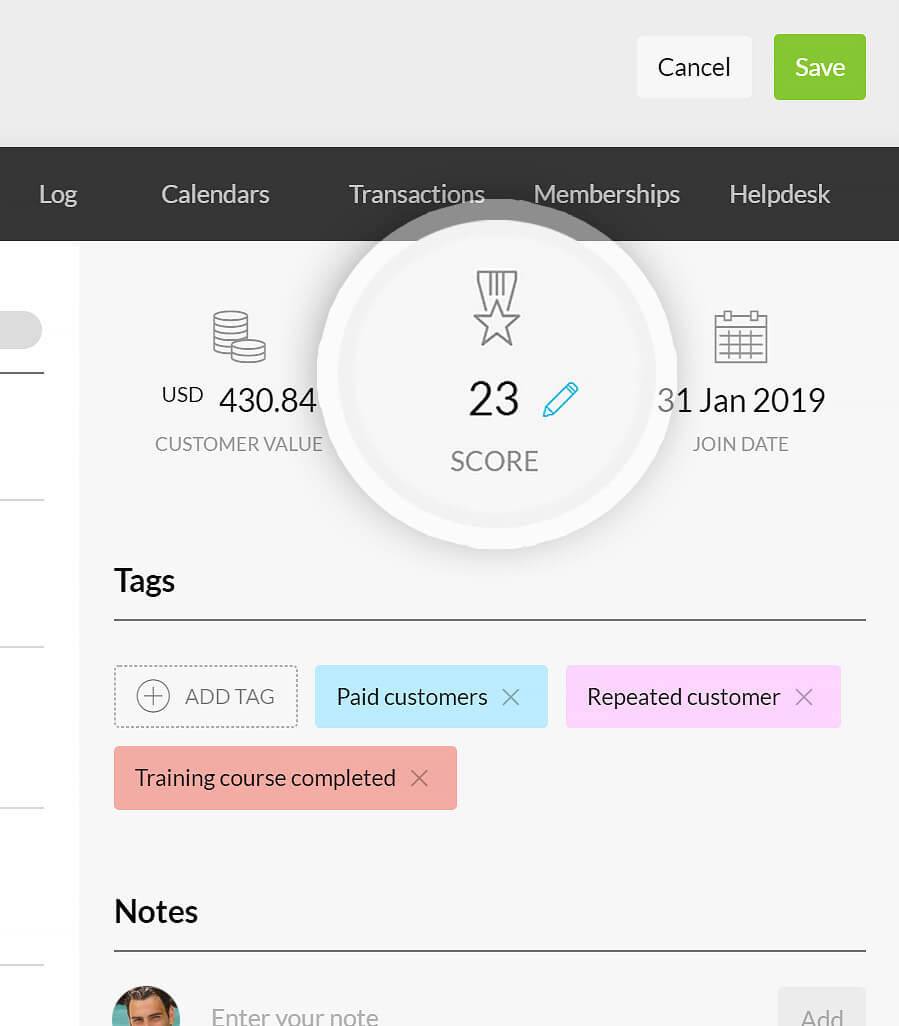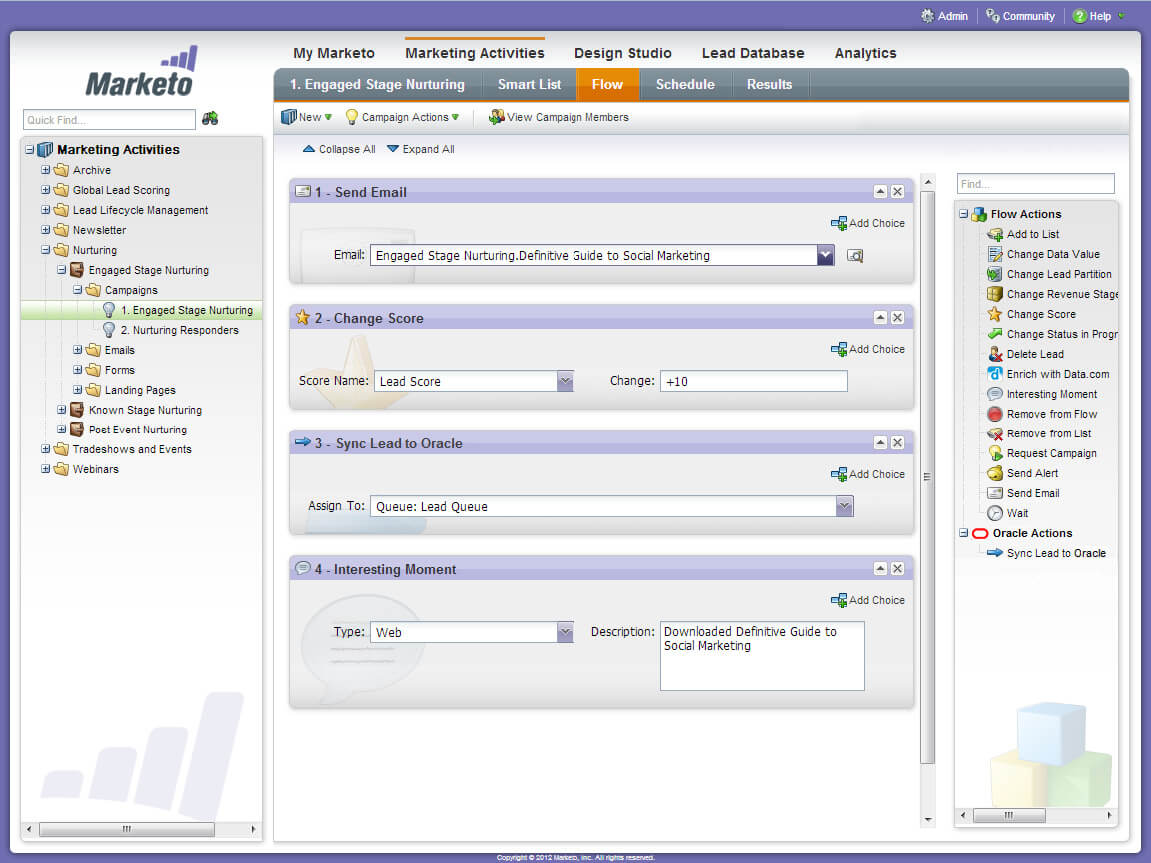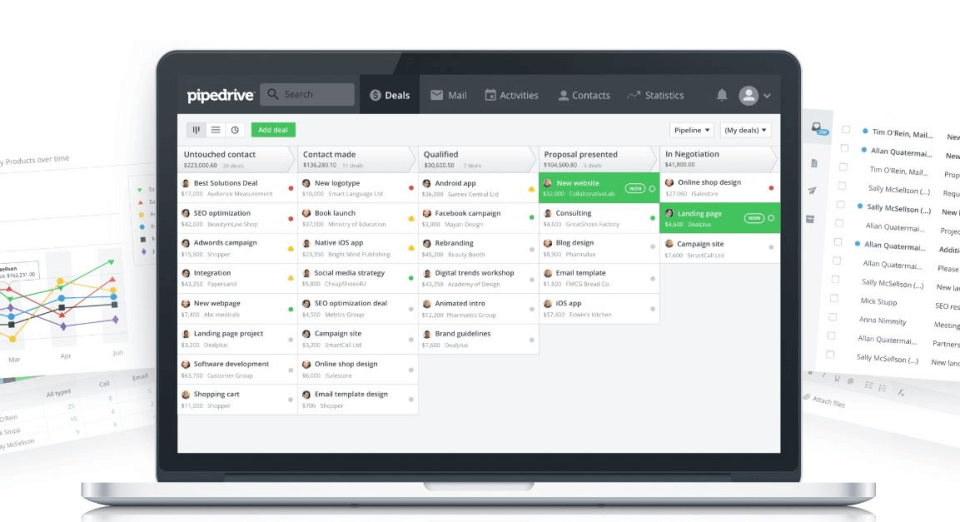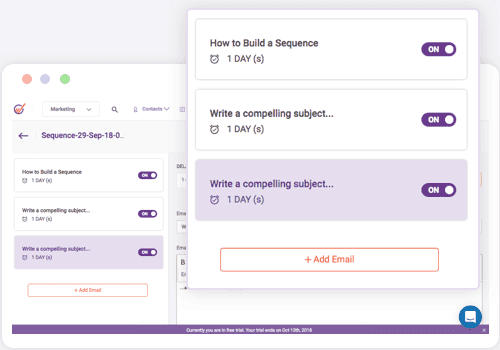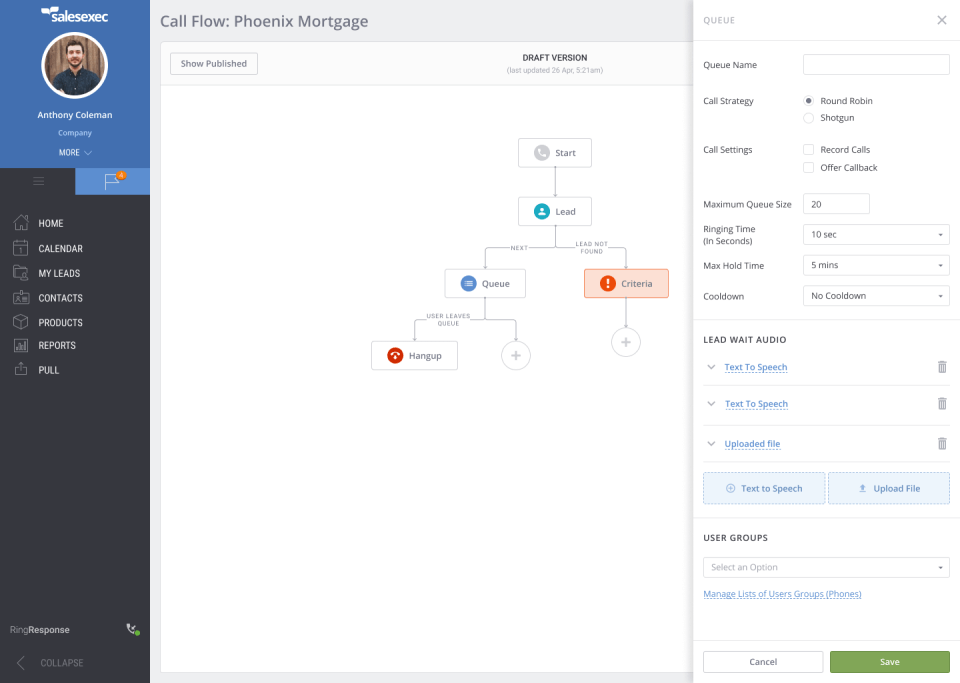7 Reasons for the Growing Demand for Lead Management Software
You know how important it is to find potential customers most interested in your products or services. These are the consumers who will make a purchase. Quickly finding these prospects with a lead management platform shortens your sales cycle, increasing profits.
To learn more about lead management software and the importance of qualifying leads, keep reading or use the links below to jump ahead:
- The Purposes of Lead Management Software
- What Is Lead Qualification?
- The Lead Qualification Process
- The Importance of Qualifying Leads
- The Growth of Lead Management Software
The Purposes of Lead Management Software
To make any sale, you need to invest in building relationships with the best prospects.
Relationship-building takes time and energy. A lead management platform helps salespeople qualify good leads and disqualify bad ones.
Why is it important to qualify leads? 67% of lost sales are a result of sales reps not properly qualifying potential customers. Unqualified prospects will not go through the entire sales process, so they won’t become paying customers.
Qualifying leads will not only result in more sales. It shortens your sales cycle and betters the use of your sales team’s time by focusing them on ideal leads. Sales teams can prioritize building relationships with the most promising prospects with lead qualification tools.
There are people out there who want your product or service. Lead qualification software helps your sales team identify and build relationships with them. Engaging the right people will bring more sales at a quicker pace.
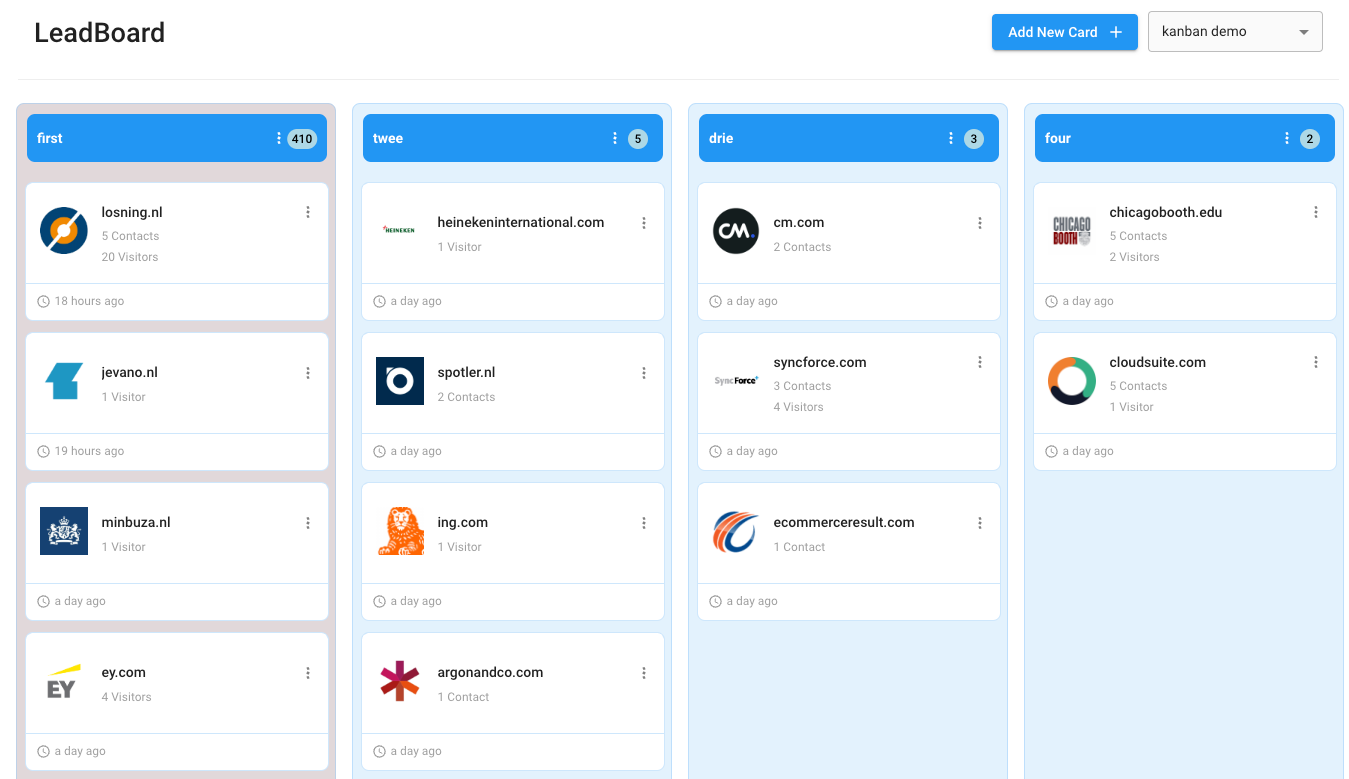
What Is Lead Qualification?
Lead qualification is the process of identifying prospects most likely to make a purchase. The process prioritizes the nurturing of the most promising leads.
Below are the three types of qualified leads:
- Marketing qualified leads (MQL): These leads gain interest in a brand, product, or service through marketing strategies. These leads come by clicking on a link in an email, downloading an e-book, or subscribing to a newsletter.
- Sales qualified leads (SQL): These leads are interested in a brand, product, or service after interacting with a sales representative. They often will ask about pricing and agree to a presentation or demo.
- Product/Service qualified leads (PQL): These leads are interested in a company, service, or product. They usually contact a salesperson after a free trial or consultation.
Lead management platforms identify the prospects your sales team needs to prioritize in nurturing. Qualified leads will progress through the sales funnel at a more rapid rate, resulting in revenue.

Lead Qualification Tools
Qualified leads are crucial in generating revenue for your organization. Lead qualification tools can help you quickly identify your most promising prospects. Here are some lead qualification tools you can use to attract and nurture quality prospects:
Interactive PDFs
PDFs are effective ways of informing people in a way that is easily accessible. They are downloadable, saveable, and shareable. Interactive PDFs add engagement and shorten your sales cycle.
Interactive PDFs are lead qualification tools that allow you to add filtering questions, thereby identifying your most promising prospects. These PDFs can help tailor your follow-up and move them quickly down the funnel.
Solution Finders
Other effective lead qualification tools are solution finders. They help identify and provide a custom-tailored solution to a customer’s problem. When leveraged appropriately, solution finders can shorten the sales cycle.
Solution finders, also called product pickers, help leads navigate the various products or services your company offers. Prospects get personalized product or service recommendations with short assessments.
Qualified leads may not always know what they want or the best solution. Through solution finders, you help prospects avoid frustration and headaches. This goes a long way in building relationships between your salespeople and customers.
ROI Calculators
ROI calculators work similarly to solution finders in that they provide tailored customer service. These tools generate numeric results for each lead based on a formula generated by customer input. These calculators quickly identify and evaluate pain points, speeding up the qualification process.
ROI calculators offer personalized, valuable content tailored to each stage of the buyer’s journey. ROI calculator data can be used for scoring, disqualification, and trigger campaigns.
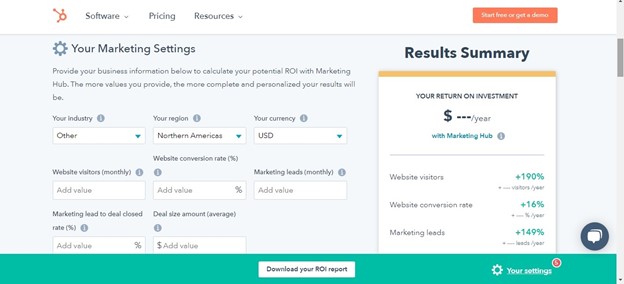
The Lead Qualification Process
Leads don’t automatically get qualified or disqualified on their own. There is a lead qualification process that is simplified using lead qualification tools.
1. Establish Lead Qualification Criteria
The first part of the lead qualification process is establishing prospect criteria. This has two parts: whether the lead is a good fit and how interested the lead is in your offerings.
When looking at whether a lead is a good fit for your offerings, use the BANT methodology. This looks at the following four factors a lead will consider when faced with a buying decision.
- Budget: What is the financial capacity of the lead to make a purchase? What budgetary constraints are there that will affect their willingness to spend?
- Authority: What is the lead’s position, authority, or power to finalize a deal or make a purchasing decision?
- Need: How useful are your products or services for meeting the wants and pain points of the lead?
- Timeline: When does the lead need to make a purchase?
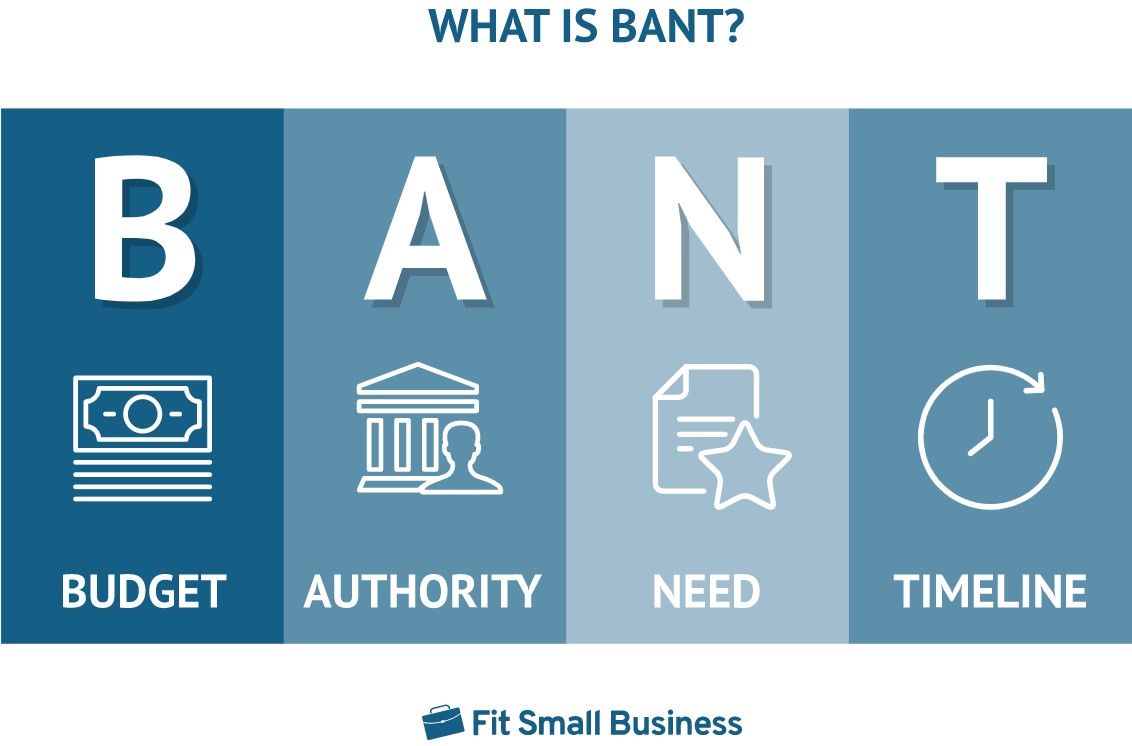
2. Lead Generation
The second stage of lead qualification is lead generation. Once you have the qualification criteria set up, you’ll need to attract prospects. There are a variety of inbound and outbound strategies you can use for lead generation.
Inbound lead generation involves methods to get leads to come to you. These include referrals, social media ads, and web form submissions.
Outbound lead generation strategies involve seeking potential leads and using sales strategies. Cold calling, introductory emails, and meetings are examples of outbound lead generation activities. Once you’ve generated leads, you can begin the process of qualifying them.
3. Lead Score and Categorization
Once you have your lead qualifying criteria and the prospects pouring in, it’s time to score and categorize them. The leads that show the greatest interest through your inbound or outbound sales activities will earn more points.
It’s important to separate sales and marketing qualified leads. As you’re interested in sales leads, assign fewer points to prospects that interact with your marketing campaigns. They will be nurtured differently.
You can score and categorize leads manually, though lead management platforms and customer relationship management software does this automatically. After you score your sales prospects, it’s time to rank them.
4. Distribute and Rank Leads
Once you generate your leads and score them, it is time to distribute and rank them. MQLs and SQLs require different lead nurturing techniques.
For example, a sales qualified lead will get a sales presentation or demo to understand your product or service better. Each sales prospect should be ranked and prioritized by lead score or BANT analysis.
To nurture MQLs, offer more in-depth content. Start with emails and free trials for top-of-funnel prospects. Offer an e-newsletter and then whitepapers and e-books to bottom-of-funnel leads.
Once you categorize and distribute your leads, it’s time to rank them. Lead qualification tools prioritize sales-qualified leads with the highest score and rank. These will be your most qualified leads.
5. Continue Qualifying Leads Throughout the Pipeline
The last step for lead qualification is to continue down the steps of your sales pipeline. The goal of lead qualification is to move prospects through the funnel.
For SQLs, your salespeople may ask additional probing questions during presentations and demos. They are qualified and nurtured to move on through the sales funnel.
For marketing-qualified leads, you need to get them sales qualified and handed over to your sales team. MQLs will continue receiving lead scoring points as they show additional interest and interact with your campaign.
Lead management platforms that qualify leads make it easier to move prospects through your funnel. The quicker leads become paying customers, the more closed sales you’ll have.
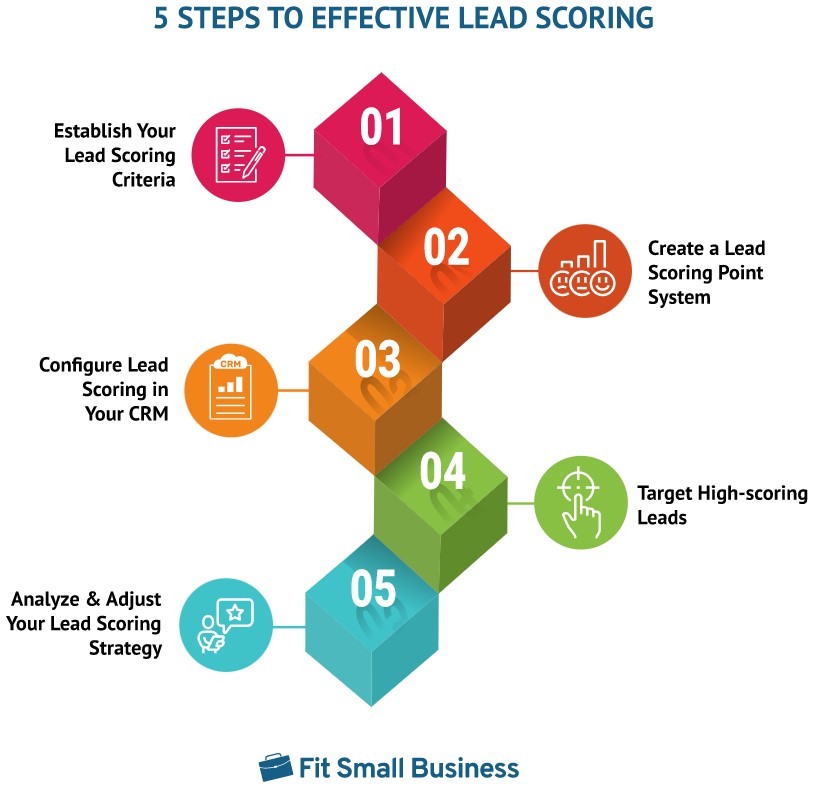
The Importance of Qualifying Leads
Every company has a sales process or funnel whereby prospects enter as mildly interested leads and leave as paying customers. Along the way, you employ various marketing and sales tactics to move them onto the next stage. If your sales process is long, there are more opportunities for leads to drop off before becoming customers.
When you nurture your ideal prospects, they quickly progress through your sales funnel. As they are already excited and knowledgeable about your service or product, a long sales process is unnecessary.
Lead qualification tools shorten your sales cycle. A shorter sales funnel leads to more conversions and quicker sales.
The Growth of Lead Management Software
Lead management software is by no means going away anytime soon. Lead qualification software use will increase. Technavio predicts that the lead qualification solutions market will increase by 17.5% between 2021-2028.
Some of the driving factors that contribute to the growth of lead management platforms include:
- The development of cloud-based and SaaS software and solutions (especially on mobile)
- Increased demand for social interaction between companies and consumers
- The heightened popularity of crowdsourcing
- The increase in CRMs integrating lead qualification into their marketing and sales automation platforms
- More companies looking to improve the relationship between their sales and marketing departments
- The higher likelihood of sales conversions
- The increased need for enterprise-level lead management software
With information at their fingertips, your leads and prospects will be selective about who they do business with. Building relationships and nurturing the right people will make them paying customers. Lead qualification platforms do this.
Lead management platforms like LeadBoxer are becoming increasingly popular because they allow salespeople to focus on the most promising prospects. There are various lead qualification tools to move prospects through your funnel. Maximize your prospect generation efforts by following a lead qualification process.
7 Reasons for the Growing Demand for Lead Management Software Read More »


